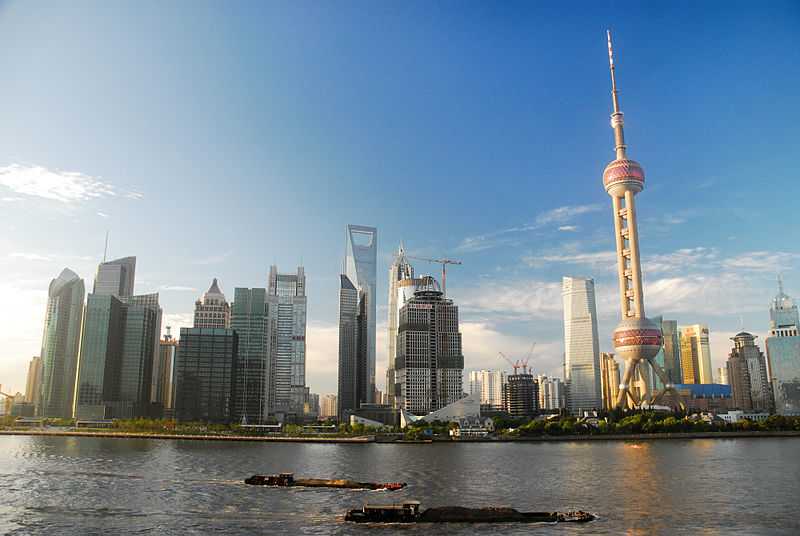Victoria Mio – CIO China, Co-head Asia Pacific Equities and Fund Manager of Robeco Chinese Equities – came back from her last macro research trip to China with more confidence on cyclical recovery and reform momentum.
Different from Japan or Korea, which are small in comparison and urbanized very quickly, China remains relatively poor after 30 years of unprecedented growth. Although the coastal regions have reached an advanced stage in their development, the central/western regions are still underdeveloped. That provides a lot of room for growth. China is still an ‘adolescent’, yet to reach ‘adulthood’.
The Shanghai free-trade-zone pilot scheme was approved by the State Council on 22 August 2013. The most innovative part of the plan lies in promoting renewal in the financial sector and allowing market forces to work. Investors, points out Victoria Mio, are getting very excited by these new initiatives.
It is anticipated that the FTZ government may abolish many approval procedures and replace them with a registration process, and will allow foreign companies located in the FTZ to conduct currency conversion more freely. The FTZ may also be an important step for China to move towards joining the negotiation for a Trans Pacific Partnership (TPP), which requires all member countries to provide the same policy environment for companies, regardless of ownership. In this sense, the FTZ will lead China’s next phase of economic liberalization to drive economic growth for many years to come. Once proven successful, it will be rolled out on a nationwide basis.
Figure 1 shows the Shanghai Free Trade Zone, which includes A) Waigaoqiao Free Trade Zone, B) Pudong Airport Free Trade Zone and C) Yangshan Free Trade Port Area (land/harbor). The total area combined is 28.8 sq km, or 2.6% of Hong Kong (1,103 sq km) and 0.45% of Shanghai (6,340 sq km).
Pudong area in Shanghai
Given the new leadership’s reform initiatives, Robeco therefore focuses on the following major themes in the China portfolio:
1) Urbanization (intra-city transportation and property);
2) Alternative energy (natural-gas distribution and wind power);
3) Health-care reform (pharmaceutical);
4) Income growth and distribution (auto and household appliances);
5) Environmental protection (waste and air-pollution management);
6) Technology and innovation (Internet and social media);
7) Manufacturing upgrade (high-end-equipment manufacturers).


